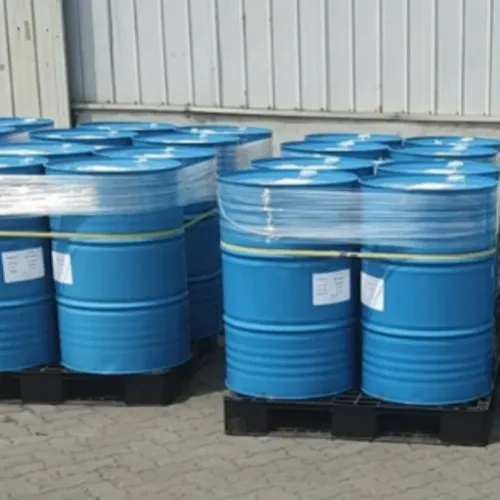Warning: Undefined array key "title" in /home/www/wwwroot/HTML/www.exportstart.com/wp-content/themes/1198/header.php on line 6
Warning: Undefined array key "file" in /home/www/wwwroot/HTML/www.exportstart.com/wp-content/themes/1198/header.php on line 7
Warning: Undefined array key "title" in /home/www/wwwroot/HTML/www.exportstart.com/wp-content/themes/1198/header.php on line 7
Warning: Undefined array key "title" in /home/www/wwwroot/HTML/www.exportstart.com/wp-content/themes/1198/header.php on line 7
- Afrikaans
- Albanian
- Amharic
- Arabic
- Armenian
- Azerbaijani
- Basque
- Belarusian
- Bengali
- Bosnian
- Bulgarian
- Catalan
- Cebuano
- China
- China (Taiwan)
- Corsican
- Croatian
- Czech
- Danish
- Dutch
- English
- Esperanto
- Estonian
- Finnish
- French
- Frisian
- Galician
- Georgian
- German
- Greek
- Gujarati
- Haitian Creole
- hausa
- hawaiian
- Hebrew
- Hindi
- Miao
- Hungarian
- Icelandic
- igbo
- Indonesian
- irish
- Italian
- Japanese
- Javanese
- Kannada
- kazakh
- Khmer
- Rwandese
- Korean
- Kurdish
- Kyrgyz
- Lao
- Latin
- Latvian
- Lithuanian
- Luxembourgish
- Macedonian
- Malgashi
- Malay
- Malayalam
- Maltese
- Maori
- Marathi
- Mongolian
- Myanmar
- Nepali
- Norwegian
- Norwegian
- Occitan
- Pashto
- Persian
- Polish
- Portuguese
- Punjabi
- Romanian
- Russian
- Samoan
- Scottish Gaelic
- Serbian
- Sesotho
- Shona
- Sindhi
- Sinhala
- Slovak
- Slovenian
- Somali
- Spanish
- Sundanese
- Swahili
- Swedish
- Tagalog
- Tajik
- Tamil
- Tatar
- Telugu
- Thai
- Turkish
- Turkmen
- Ukrainian
- Urdu
- Uighur
- Uzbek
- Vietnamese
- Welsh
- Bantu
- Yiddish
- Yoruba
- Zulu
Oct . 03, 2024 03:22 Back to list
Understanding the Uses and Benefits of Propylene Glycol in Antifreeze Solutions
Understanding Propylene Glycol and Its Role in Antifreeze
Propylene glycol, a colorless and odorless synthetic liquid substance, has gained significant attention across various industries for its versatile properties. Primarily known as a food additive and humectant, it also plays a crucial role in antifreeze formulations. Understanding the characteristics, uses, and safety aspects of propylene glycol can shed light on its widespread application, particularly in automotive antifreeze.
What is Propylene Glycol?
Propylene glycol, chemically known as propane-1,2-diol, is classified as a diol or glycol. It is hygroscopic, meaning it can attract and hold moisture from the environment. This property makes propylene glycol an excellent solvent for both flavorings and fragrances, contributing to its popularity in food and cosmetic products. Additionally, it has low toxicity levels, making it a safer alternative compared to ethylene glycol, another widely used glycol.
Applications in Antifreeze
Antifreeze is a critical component in a vehicle's cooling system, preventing the coolant from freezing during cold weather and boiling during hot conditions. Traditionally, antifreeze formulations contained ethylene glycol, but due to its toxicity, there has been a growing trend toward using propylene glycol-based antifreeze. This shift is particularly important in applications where human or animal exposure is likely, such as in food processing facilities or recreational vehicles.
Propylene glycol antifreeze is effective in lowering the freezing point of water, thus protecting engine parts from damage in low temperatures. Moreover, it has a higher boiling point than water, improving the overall efficiency of the cooling system. Another advantage of using propylene glycol is its biodegradability, which contributes to less environmental impact compared to ethylene glycol-based products.
propylene glycol and antifreeze

Safety and Environmental Considerations
One of the most critical aspects of propylene glycol is its safety profile. According to the U.S. Food and Drug Administration (FDA), propylene glycol is Generally Recognized as Safe (GRAS) for use in food and pharmaceutical products. Its low toxicity makes it an ideal candidate for applications where accidental ingestion can occur, such as in automotive fluids used in cars that may come into contact with pets or children.
While propylene glycol is considered safe in regulated amounts, there are still guidelines for its use in various industrial applications. Continuous exposure to high concentrations of propylene glycol can lead to health concerns, emphasizing the importance of proper handling and usage practices.
From an environmental standpoint, propylene glycol is less harmful than other alternatives due to its ability to break down naturally. Its biodegradability means that it does not persist in the environment, making it a more sustainable choice for antifreeze formulations. Additionally, manufacturers are increasingly adopting greener practices in their production processes, further reducing the ecological footprint of propylene glycol.
Conclusion
Propylene glycol has established itself as an essential component in antifreeze formulations, particularly due to its non-toxic nature and effective performance in temperature regulation. As the automotive industry continues to embrace environmentally friendly practices, propylene glycol's role is expected to expand further. With its extensive applications and favorable safety and environmental profiles, propylene glycol stands out as a crucial ingredient not just in antifreeze but in various other formulations across multiple sectors. Emphasizing the importance of safe use and sustainability, propylene glycol highlights the potential for innovative solutions in both consumer products and industrial applications.
Latest news
-
Certifications for Vegetarian and Xanthan Gum Vegetarian
NewsJun.17,2025
-
Sustainability Trends Reshaping the SLES N70 Market
NewsJun.17,2025
-
Propylene Glycol Use in Vaccines: Balancing Function and Perception
NewsJun.17,2025
-
Petroleum Jelly in Skincare: Balancing Benefits and Backlash
NewsJun.17,2025
-
Energy Price Volatility and Ripple Effect on Caprolactam Markets
NewsJun.17,2025
-
Spectroscopic Techniques for Adipic Acid Molecular Weight
NewsJun.17,2025

